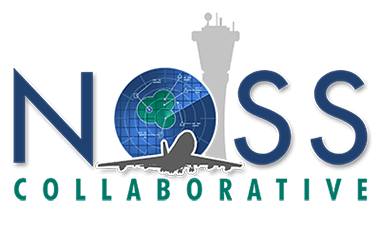Case Studies
Identifying Strengths & Improving Weaknesses

Issue identified during NOSS
There were substantial issues pertaining to not knowing which aircraft were on frequency. Controllers were not issuing frequency transfers by the prescribed locations. Further, the fact that an aircraft had entered the sector but not established communications was often not being noticed until controllers attempted to issue instructions to the aircraft (sometimes to solve conflictions), who were still on the previous frequency.
NOSS observers, however, noted that some observed controllers were always quick to detect aircraft that had entered the sector but not checked in on frequency, and were never late in issuing frequency changes. The controllers who demonstrated high awareness of which aircraft were on frequency deployed individual techniques to indicate which aircraft were on their frequency (e.g. increasing the brightness of aircraft on their frequency, altering the appearance of the datablock).


Response to findings
The facility had transitioned from paper flight data progress strips, for which there was a method of indicating which aircraft had established communications, to electronic strips, for which there was no method. The NOSS observers proposed to management that controllers be required to use on of the techniques identified during the observations of controllers who demonstrated superior awareness of which aircraft were on frequency. It should be noted that a contemporaneous and highly publicized incident at another Enroute facility at this ANSP involved an aircraft traveling through several sectors without establishing communications. The report by the Investigatory Body in this State highlighted similar
deficiencies as the NOSS findings and made similar recommendations that had already been suggested by observers and adopted by management at the facility where NOSS had been conducted.
